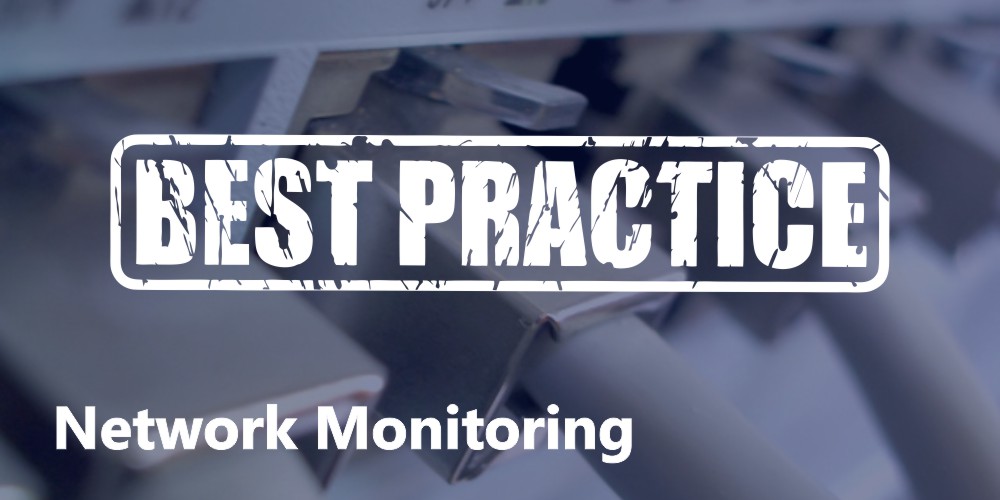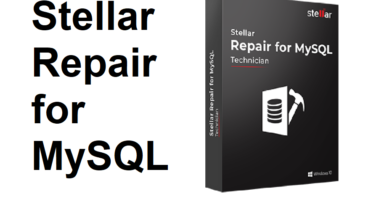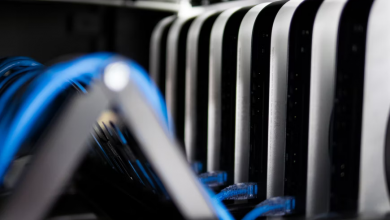
When it comes to managing your network, you might have a lot of questions. How do you go about doing it? What are some tips for doing it correctly? What are some of the best practices for managing a network? That is the crux of the matter, and here are some of the things you need to know:
Table of Contents
What is the process of managing a network anyway?
Network management can be defined as the process of administering, setting up, and troubleshooting a network either for your home or for your business. Take a look at these best practices:
Understand the difference between a centralized or decentralized network.
The first step in understanding your network is to realize that knowledge is power. You start with knowing the difference between a centralized and decentralized network. First of all, the centralized network refers to a network that is simply built around a single server. This type of network can be easier for patching machines and keeping track of data. It also can be great for certain industries, especially those that need to keep track of HIPAA laws. However, you should be aware that if your server goes down, your whole entire network will go down with it.
This is where a decentralized network comes in, simply because there are multiple servers that the data can pass through. Additionally, you can have more privacy because the data is harder for an outsider to track. In most cases, this is the type of network that you will want to become familiar with.
Know the normal behavior of your network.
The key is to understand the typical behavior of your network. If you have an idea of the baselines of the networks then you are better equipped to identify any abnormalities that might develop. This will also allow you to set alerts when an abnormality does develop.
Of course, it is crucial that you have appropriate network monitoring or management software. Additionally, you will need someone who knows this software inside and out so that they can do troubleshooting at every layer of the network. They need to be aware of such things as physical cables, issues with transport protocols, and IP address issues. If you have an individual who is experienced with all of these potential roadblocks, you will definitely have a headstart on getting these issues resolved quickly.
Solid failover protection.
The next thing you will need for effective network management would be solid failover protection. You get this by structuring your network in such a way that your server or the point where your monitoring system is installed will stay functional even if the rest of the system happens to go down. Simply put, if you have solid failover protection in place, you will sleep better at night regarding the entire network.
Effective growth planning.
Finally, this is definitely one step that network aficionados miss. They have to allow for growth planning. If you allow for your network capacity to increase, you can avoid some of the growing pains that will go with that growth.
If you keep these factors in mind, you will have a solid network for many years into the future, Follow Today Technology for more!








